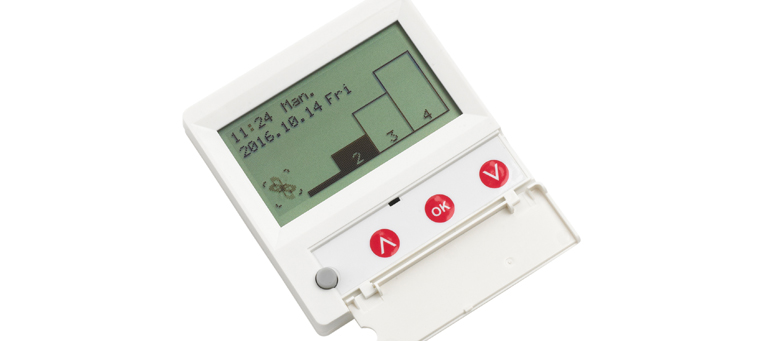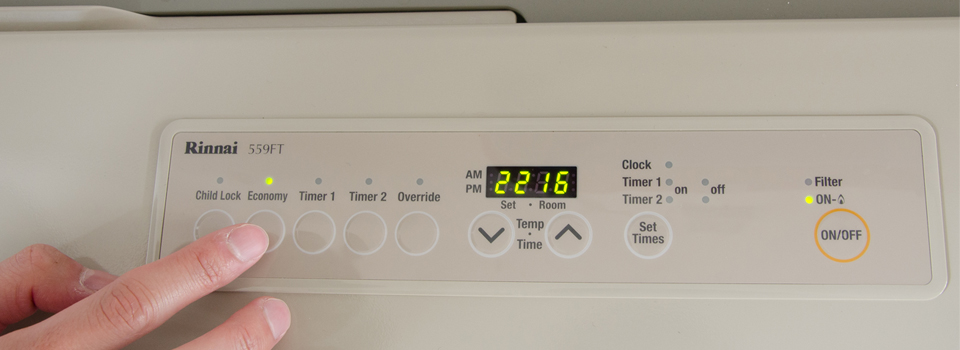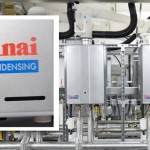ScaleBuster® Performance and Longevity Encapsulated at James Hornby School
Between August 1998 and February 1999 three Scalebuster® units were installed at the James Hornby School in Basildon, Essex. The Scalebusters® were specified to protect the calorifiers in the school heating system by inhibiting the build-up of harmful limescale and so preventing the need for costly repairs or premature replacement.
In 2014 a refurbishment programme was undertaken at the school that included changes to the heating system, but the question was, had the Scalebusters® actually done their job? The ideal chance came when the three original units were removed 16 years after their installation. Between December 2014 and February 2015 new boilers were installed for the upper and lower schools as well as the sports hall. At the same time five new Scalebusters® were installed to protect the new system and the old units were returned for a detailed examination.
Their effectiveness was immediately evident from the condition of the calorifiers. The contractor involved in their replacement took internal photographs of the original, 16 years old calorifiers, shown here, before they were removed. The images show no build-up of scale on either the cylinder walls or the heat exchange walls demonstrating conclusively that the ScaleBusters® had performed their function of inhibiting the build-up of hard scale throughout their operational life.
But what of the Scalebusters® themselves? If the old boilers hadn’t been replaced would they have carried on working even longer? External inspection showed the body of the units to be in good order. The nickel plating was in good condition and there was no corrosion or pitting of the brass. The central spindle and all PTFE fins were in good order on the flanged units. All the fins were present and were tight within their housing indicating that minimal reduction in the anode had taken place.
The PTFE sections within the ISB C50 threaded unit were clean and showed no sign of wear or fouling. All the zinc anodes were in place and although some signs of depletion were evident, this was to be expected after having been in use since 1999. A detailed internal and external examination of the units confirmed that despite the use of a zinc anode as a sacrificial element, minimal depletion of the anode had actually taken place.
During a service life in excess of 15 years, thousands of cubic metres of water would have been treated as they passed through the three units. The service life in the case of the removed ScaleBuster® units within the system and water type at the James Hornby School was found to be well in excess of 15 years.
How do Scalebusters® work?
The Scale-Buster® unit conditions hard water (preventing lime-scale build up) by combining a number of actions that release zinc ions into the water as it passes through the unit. It does not contain magnets or involve any sort of magnetic process. It needs no power supply and works completely automatically with no control panel to maintain. They are WRAS approved and can be installed with new systems or retro-fitted to existing installations.
Scale-Buster® is designed to cause precipitation of calcium carbonate into the water stream. This is as a result of the breakdown of the bicarbonate into carbon dioxide, water and carbonate due to the effects created within the Scale-Buster® itself. The particles which are formed in the water stream act as nuclei for the formation of further scale when the water is heated. In this way, scale deposition upon heating surfaces is minimised.
When a salt is precipitated from solution it results in a relatively less saturated solution remaining. The less saturated water is then able to dissolve and breakdown existing scale from pipe surfaces which form bigger particles that can then be removed from the system with a filter.
For further information, call The Rodin Group on 01795 423400, Email info@therodingroup.co.uk or visit www.therodingroup.co.uk














Leave a Reply
Want to join the discussion?Feel free to contribute!